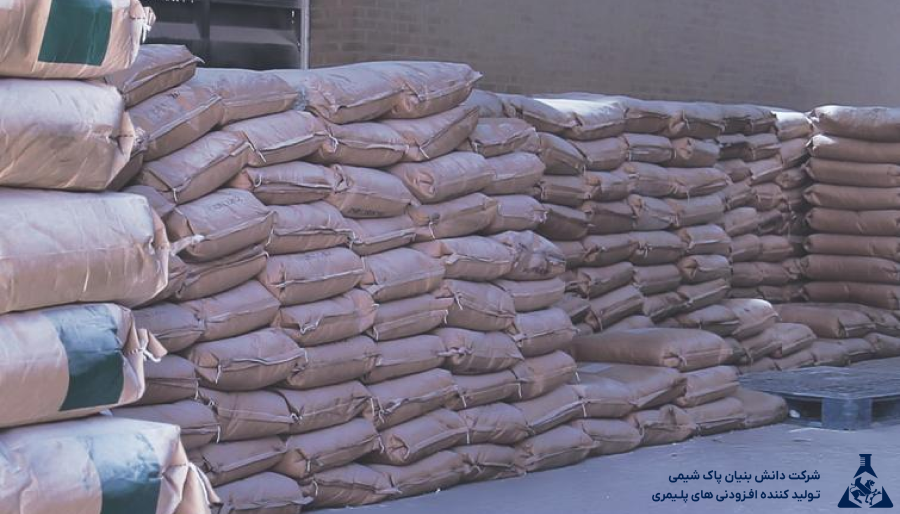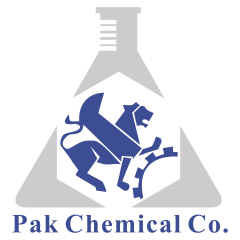Manufacturers widely use stearic acid, a long-chain saturated fatty acid, in industries such as plastic production, rubber processing, and cosmetics. They typically extract it from plant sources like palm and coconut oil. Suppliers offer stearic acid as a white or yellowish powder or granule. Stearic acid is classified into different grades depending on the end use. In this article, we will take a closer look at its three most widely used grades: plastic grade, rubber grade, and cosmetic grade.
Plastic Grade of Stearic Acid
Stearic acid acts as a lubricant and thermal stabilizer in the plastics industry. In the production process of polymers such as polyvinyl chloride (PVC), polypropylene and polyethylene, this material makes the extrusion and molding process easier by reducing friction between materials and improves the final quality of the product. It also acts as a processing aid, allowing for better distribution of pigments and additives in the final composition.
The most important features of this grade include moderate purity, relatively stable melting point, and proper performance at high industrial temperatures. Its lubricating properties make it useful in producing various profiles, pipes, polymer films, and injection molded parts.
Rubber Grade
In the rubber industry, stearic acid plays a key role in the vulcanization process. Manufacturers usually combine this material with zinc oxide to activate the reaction of sulfur with rubber chains. This helps improve the physical properties, elasticity, and durability of the final product. In addition, it acts as an internal lubricant in the mixing process and prevents excessive adhesion of materials to equipment and molds.
Rubber manufacturers typically use the rubber grade, which has higher purity than the plastic grade, to produce products such as tires, tubes, rubber shoes, sealing strips, gaskets, and industrial rubber parts. This grade must have adequate thermal stability to provide optimal performance under various process conditions.
Cosmetic Grade of stearic acid
Stearic acid used in the cosmetic industry has the highest level of purity and quality, as it comes into direct contact with human skin. This grade is produced from plant sources with careful purification processes to be free of any impurities and allergenic compounds.
In cosmetic products, this substance is used as an emulsion stabilizing agent, thickener and texture improver. Common products containing this compound include moisturizers, lotions, bar soaps, facial cleansers, and shampoos. Stearic acid prevents water evaporation and retains moisture by creating a protective layer on the skin. It also helps stabilize the structure of creams and create a soft, velvety feel on the skin.
Qualitative comparison of grades
Plastic grade is at a medium level of purity and is more suitable for industrial applications that do not have direct contact with humans. Rubber manufacturers prefer the rubber grade for its higher purity, especially in complex chemical processes like vulcanization. Producers manufacture the cosmetic grade with the highest level of purity under strict hygiene standards to ensure it is safe for direct skin application. Also, in terms of appearance, cosmetic grade has higher whiteness, a more neutral odor, and better appearance quality than other grades.

Read more:
